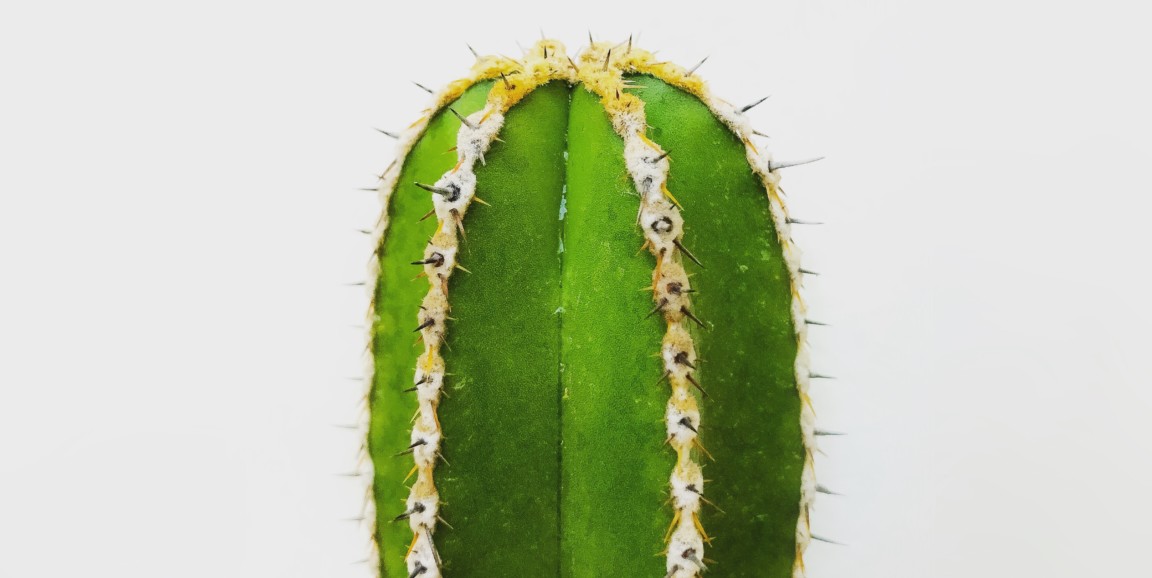If you brush against a cactus, there's a reason you yelp and snatch your hand away. But believe it or not, it's not the physical sensation that's directly responsible for your negative reaction. Scientists have identified a special region of the brain that specifically encodes the unpleasantness of pain, separate from the physical sensation.
As explained by our release:
Pain research has traditionally focused on the neurons and molecules at the front line of pain perception -- the cells in nerves that process stings, cuts, burns and the like -- and ultimately convey a physical threat message. What Grégory Scherrer, PhD, assistant professor of anesthesiology and of neurosurgery, and Mark Schnitzer, PhD, associate professor of biology and of applied physics, are studying goes one step further.
'We're looking at what the brain makes of that information,' Scherrer said. 'While painful stimuli are detected by nerves, this information doesn't mean anything emotionally until it reaches the brain, so we set out to find the cells in the brain that are behind the unpleasantness of pain.'
A paper describing this research appears in Science. Scherrer and Schnitzer are co-senior authors. Former postdoctoral scholar Gregory Corder, PhD and former graduate student Biafra Ahanonu, PhD, share lead authorship.
To understand the neural roots of pain aversion, the researchers used a tiny microscope, about the size of a child's pinky finger, mounted on top of a mouse's head, to peer into its brain. The mice, unperturbed by the gadget, roamed about freely, and the scientists could monitor neural activation, depending what the mouse was doing. From the release:
The scientists monitored the mouse brains with the microscope, watched the mice detect something uncomfortable, observed the aversive reactions and then checked which neurons were active. 'With this setup, we identified a set of neurons in the amygdala that selectively encodes signals related to the emotional aspects of a painful experience,' Schnitzer said.
Scherrer and Schnitzer saw that mice who came in contact with water of an uncomfortable temperature (though not so severe as to injure the mouse) the critter would move its paw away, showing that it was displeased. And when they did, a region of their brain called the basolateral amygdala lit up, suggesting that cells in that region were cueing negative pain emotion.
Scherrer says that, although harnessing this region as a target for pain treatment is still a far-off idea, it's quite alluring, especially for patients who experience chronic pain and are treated with opioids.
"There's really no good treatment for chronic pain in humans, and that's a major driver of the opioid epidemic," Scherrer said. "But you'll notice, patients who take opioids for pain report that they can still feel the sensation of pain but say it's less bothersome -- the emotions of pain are different. Our big future hope is that the cells in the basolateral ensemble could be a tactic to curb the ailment of pain without causing addiction and thus, ideally, act as a possible substitute for opioid treatment."
Photo by Roberto Canedo




